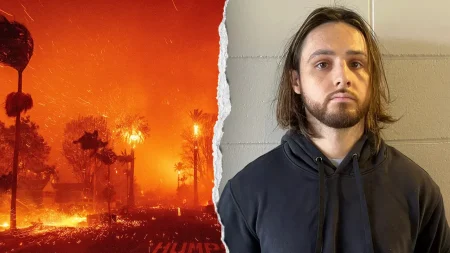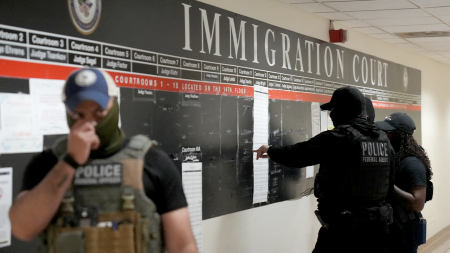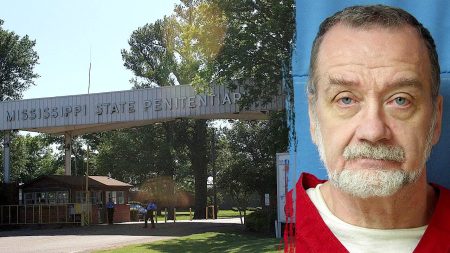Court Dismisses Constitutional Challenge to Presidential Executive Orders, Citing Broad Scope
Judge “Reluctantly” Rules Against Activist Group’s Sweeping Legal Challenge
In a significant legal development that highlights the ongoing tension between presidential authority and constitutional limits, a federal judge has dismissed a lawsuit challenging multiple presidential executive orders. The ruling, delivered with explicit reluctance by the presiding judge, represents a procedural setback for government accountability advocates while underscoring the complex judicial landscape surrounding executive power in contemporary American governance.
The plaintiff organization, which had assembled a comprehensive case against what they characterized as executive overreach, saw their challenge rejected not on substantive constitutional grounds but rather due to the breadth of their filing. According to court documents obtained by this publication, the judge determined that the lawsuit’s expansive scope—targeting multiple executive orders across diverse policy areas—rendered it unsuitable for judicial review in its current form. “While I must dismiss this case on procedural grounds, I do so with reluctance,” wrote the judge in an unusually candid opinion that hinted at potential sympathy for the underlying constitutional concerns raised by the plaintiffs.
Constitutional law experts note that this case reflects a broader pattern in challenges to executive authority, where procedural hurdles often prevent courts from reaching substantive questions about the limits of presidential power. “What we’re seeing is a classic tension in administrative law,” explains Professor Eleanor Matheson of Georgetown Law Center, who specializes in separation of powers issues. “Courts generally prefer narrowly tailored challenges that focus on specific executive actions rather than sweeping constitutional claims that might require them to redraw the boundaries of presidential authority.” This judicial preference for narrower cases creates a significant strategic challenge for organizations seeking to contest what they view as systematic executive overreach, as they must balance comprehensive arguments against the practical requirements for judicial review.
The plaintiff organization, which describes itself as nonpartisan though critics have questioned this characterization, had argued that the executive orders in question represented an unconstitutional circumvention of Congress’s legislative authority. Their lawsuit specifically cited historical precedents dating back to the Steel Seizure Case of 1952 (Youngstown Sheet & Tube Co. v. Sawyer), in which the Supreme Court established important limitations on presidential power. “The administration has consistently used executive orders to implement policies that failed to gain congressional approval,” said the organization’s lead counsel in a press statement following the dismissal. “We remain convinced that these actions violate core constitutional principles of separation of powers and will be considering our options for more narrowly tailored challenges moving forward.”
White House officials responded to the dismissal with measured satisfaction, characterizing the lawsuit as politically motivated rather than constitutionally sound. “The president’s executive orders have been carefully crafted to operate within his constitutional authority,” stated White House spokesperson Janelle Torres. “This dismissal reaffirms the administration’s position that these actions represent legitimate exercises of executive power to address urgent national priorities.” Legal observers note that while the dismissal does not constitute a ruling on the constitutionality of the executive orders themselves, it does provide the administration with breathing room to continue implementing its agenda through executive action—a practice that has become increasingly common across administrations of both parties as congressional gridlock has intensified in recent decades.
The case highlights a growing debate among legal scholars, elected officials, and the public about the proper scope of presidential power in an era of legislative dysfunction. Harvard constitutional law professor James Montgomery characterized the situation as “a constitutional dilemma with no easy solution,” noting that “when Congress becomes increasingly unable to address major policy challenges through legislation, presidents face enormous pressure to act unilaterally, creating a feedback loop that further marginalizes the legislative branch.” This dynamic has resulted in executive orders taking on greater policy significance, transforming what was once primarily an administrative tool into a central mechanism for policy implementation. As both the plaintiff organization and the judge in this case signaled, the courts will likely continue to face difficult questions about where to draw the constitutional line on executive authority—questions that may eventually require a more definitive Supreme Court intervention to resolve.









